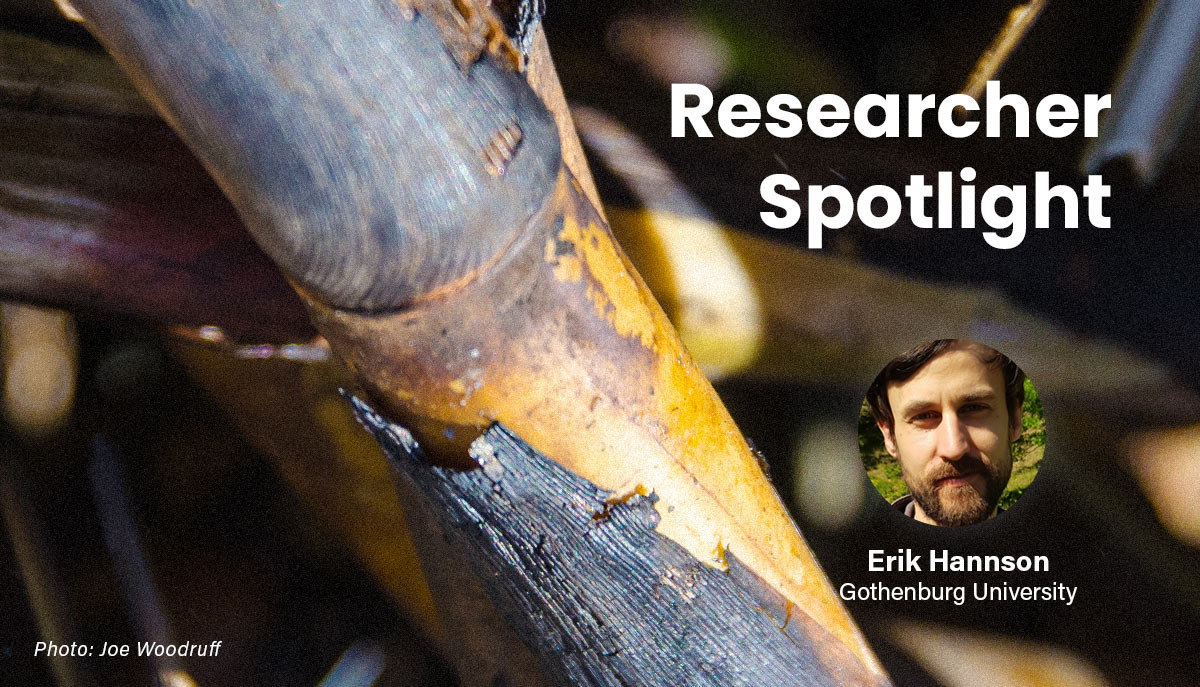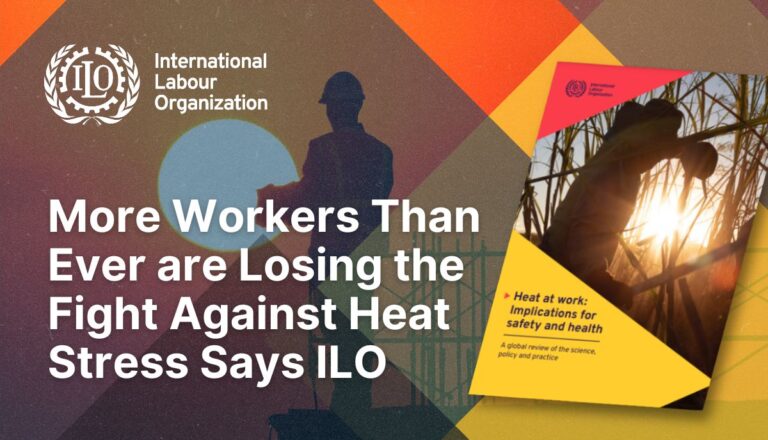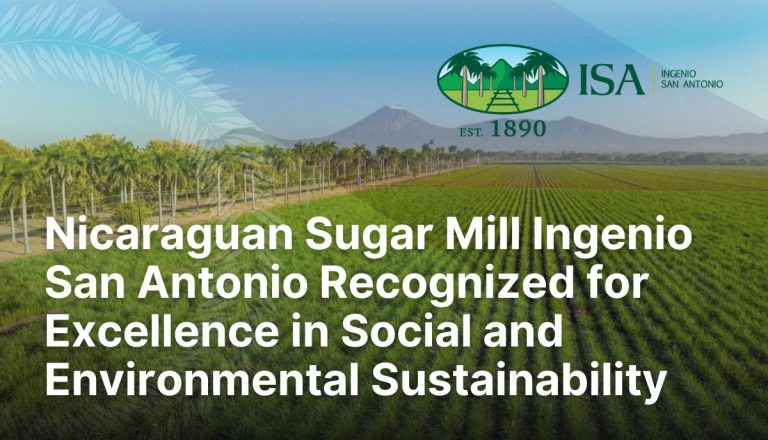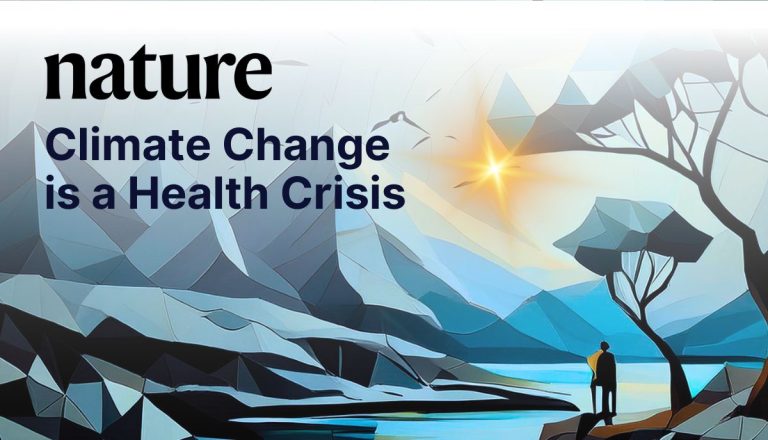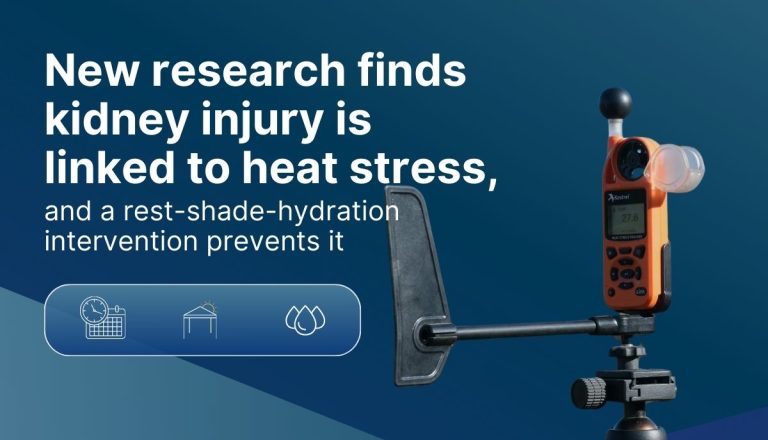New research by LIN members has evaluated whether increased levels of serum creatinine (SCr) in the kidneys (indicative of kidney injury) is also associated with more specific markers of kidney tubular and interstitial injury and function, during prolonged heat stress among workers at high risk of chronic kidney disease of non-traditional origin (CKDnt).
We sat down with lead author, Erik Hansson, to discuss the findings and their implication for workers in a warming world.
Questions:
Tell us a bit about your background
I am a medical doctor, and also have a MSc in epidemiology. I am based in Sweden and am doing my PhD on CKDnt. As a medical student, I went for a research exchange program in Nicaragua and since then I like that region a lot.
How did you get involved with La Isla Network?
I met Jason via my supervisor Kristina Jakobsson about 4 years ago now.
What made you want to conduct this specific study?
The outcome variables we, and many others, used, which were based on change in serum creatinine has been questioned, and I think rightfully. Serum creatinine potentially reflects one aspect of kidney disease/injury/reduced function, but it may be affected by other causes too which do not have much to do with the kidney, such as meat intake, and temporary conditions too like hydration state, and possibly muscle activity. There are also many other aspects of kidney injury and dysfunction, and the idea of this study was to look at how well an increase in the commonly used outcome, creatinine, was reflected in abnormalities also seen in other measurable indicators of kidney injury, giving a more global picture on the kidney.
Were there challenges associated with doing this study in such a rural area?
Not so many for me personally really as I was not involved in the field work directly, so I am not sure I can answer this. A lot of credits to the persons who did do the field work which made it possible. Hopefully the results can make it a bit easier to conduct field research going forward, as creatinine can be measured in many labs and also possibly in the field.
In this study you measured serum creatinine levels of sugarcane workers during the harvest season and found that elevated serum creatinine levels were associated with other markers of kidney injury. What is the significance of this?
It gives us information on how we can interpret changes in serum creatinine as a marker of kidney injury in this setting, and support basing further research on this outcome. Although we still need to follow up those having experienced serum creatinine increases to determine what the long-term consequences are, this study strengthens suspicions that increasing serum creatinine over a harvest season probably is not good in the long run.
Is measuring serum creatinine a practical occupational protocol that agricultural employers can take to ensure their workers are protected from kidney injury?
I think that for now it could be considered good practice to do so, and at least in sectors which are known to be at high risk of CKDnt it should be considered. But it is probably as important to adequately assess heat exposure, to identify risks before they lead to kidney injury.
What other research would you like to do in this area?
I think the finding that erythropoietin (EPO) level decreases during harvest in those with kidney injury is quite intriguing. That might tell us something about what is happening when the kidney injury becomes more chronic, as the cells producing EPO can also promote scar tissue forming.
It is important we continue to explore other possible markers of kidney injury, trying to develop methods for early detection which can be applied at low costs and with little logistics, so that they function in low-income field settings.
What impact do you hope that this study will have on our understanding of kidney injury, CKDnt, and the implementation measures needed to ensure workers are protected?
I hope it can build a bit more solid foundation behind findings looking at changes in serum creatinine over a few months, which is a feasible study design in many settings. That indeed it is relevant to look at this as an outcome. With such an understanding we can better evaluate whatever interventions are implemented.

Erik Hansson is a researcher for La Isla Network and a PhD student of Occupational and Environmental Medicine, School of Public Health and Community Medicine, Gothenburg University, Sweden. He holds an MSc in Medicine from Lund University, Sweden, an MSc in Epidemiology from the London School of Hygiene and Tropical Medicine, United Kingdom, and a Medical Licensure from Karlstad Hospital, Sweden.

